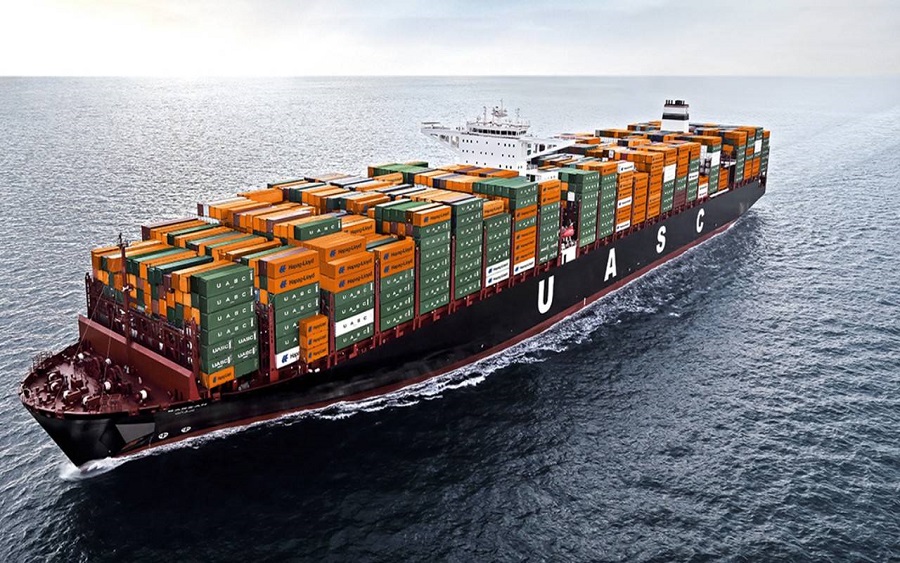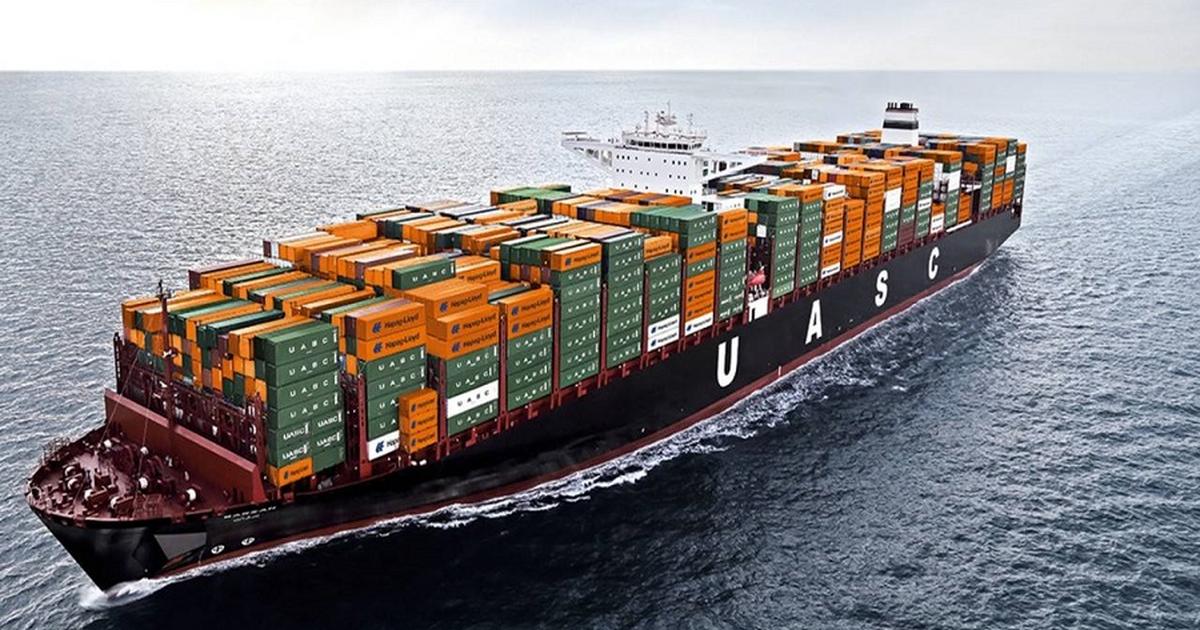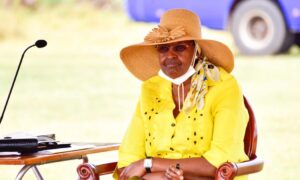
Import cover for African countries currently average 5 months. The number of months of import cover held a country is one of the many metrics used to assess its economic stability and resilience. The term “import cover” describes a nation’s foreign exchange reserves, which are measured in terms of how many months it can pay for imports without needing assistance from outside sources.
A large amount of import cover acts as an insurance policy against fluctuations in the economy. It sends a message to creditors, investors, and foreign trading partners that the nation can fulfill its international commitments even during difficult economic times.
This assurance may draw FDI and raise the nation’s credit rating, which lowers borrowing costs and opens up more affordable funding options for development initiatives.
A strong import cover is crucial for African nations, whose economies can be extremely vulnerable to changes in the price of commodities, political unrest, and pressure from foreign debt.
By assuring the world that the nation is prepared to handle future economic downturns, it stabilizes the value of the national currency and reduces inflationary pressures.
According to Afreximbank’s African Trade Report 2024: Climate Implications of the AfCFTA Implementation, continued capital inflows contributed to Africa’s reserve position, owing to greenfield projects, backing from international and regional development financing organizations and bilateral partners, and increased tourist arrivals and remittances.
These developments helped improve (although little) the region’s average import cover to 5 months in 2023, up from 4.7 months in 2022 and beyond the IMF requirement of 3 months.
With that said, here are the 10 African countries with the highest months of import cover.
Top 10 African countries with the strongest import cover
| Rank | Country | Months of import cover |
|---|---|---|
|
1. |
Libya |
34.1 |
|
2. |
Algeria |
16.5 |
|
3. |
Botswana |
10.1 |
|
4. |
Mauritius |
10.1 |
|
5. |
Guinea, Bissau |
8.2 |
|
6. |
Gambia |
7.7 |
|
7. |
Angola |
7.7 |
|
8. |
Togo |
7.6 |
|
9. |
Equatorial Guinea |
7.3 |
|
10. |
Comoros |
71. |

















